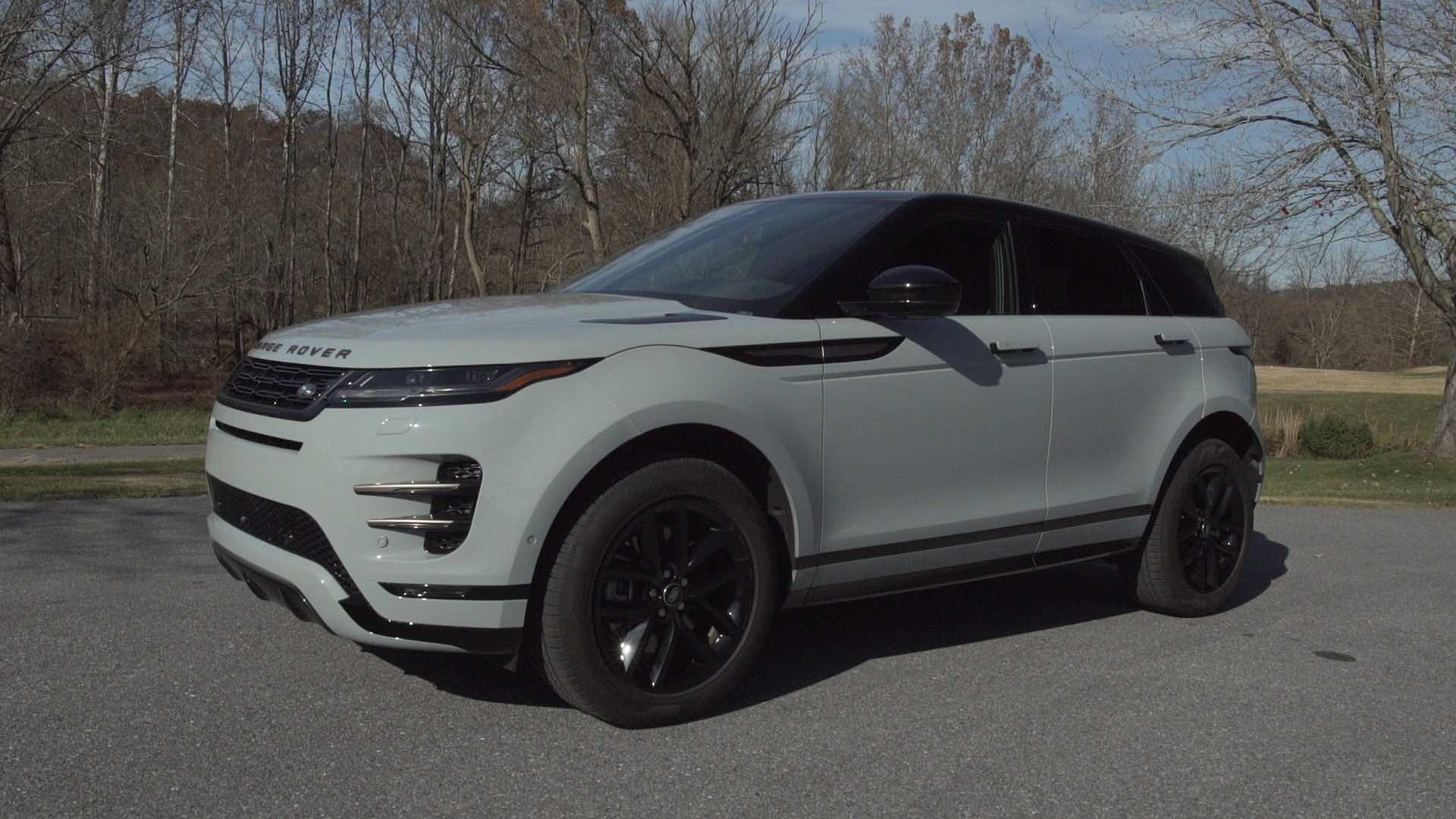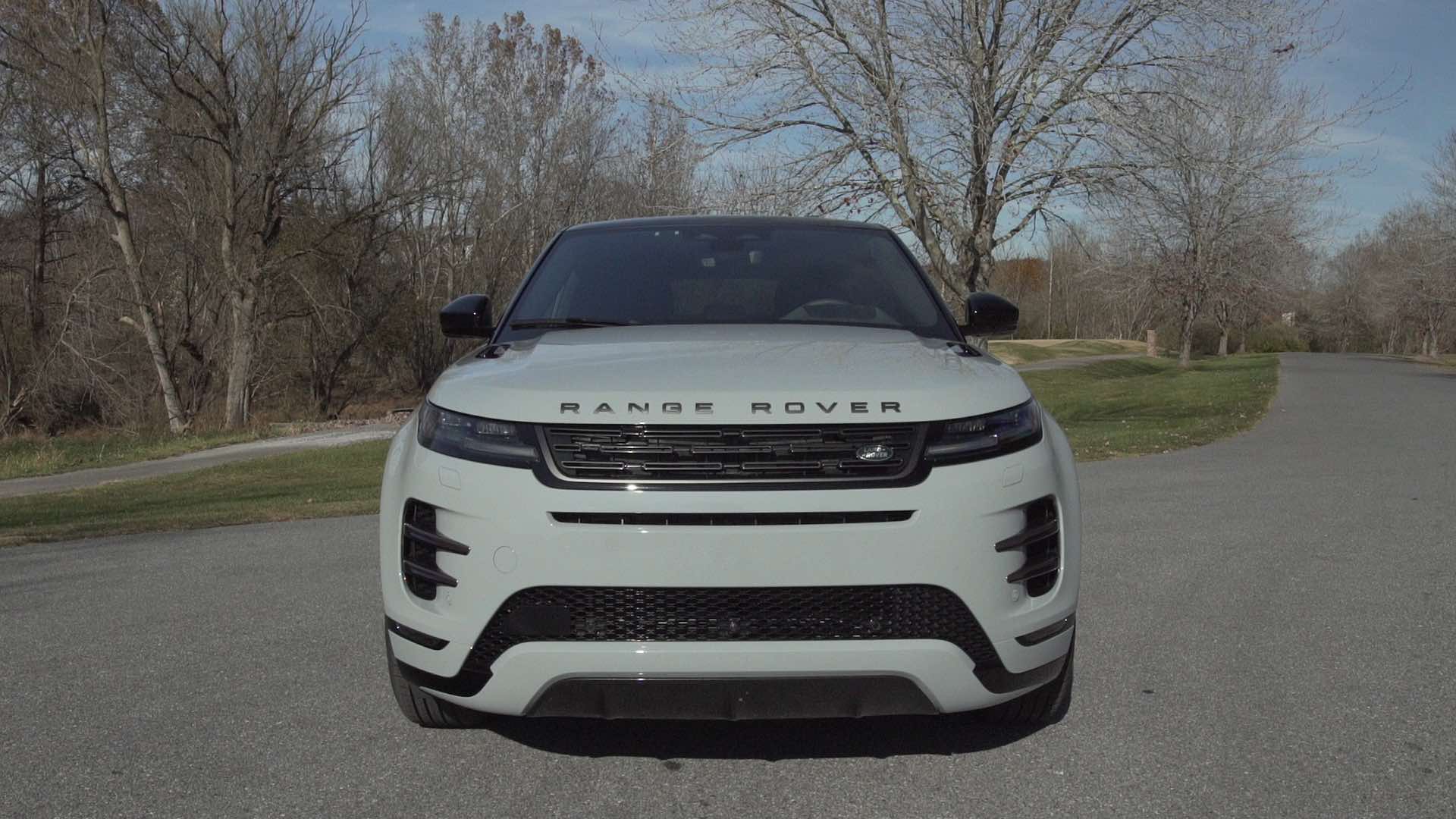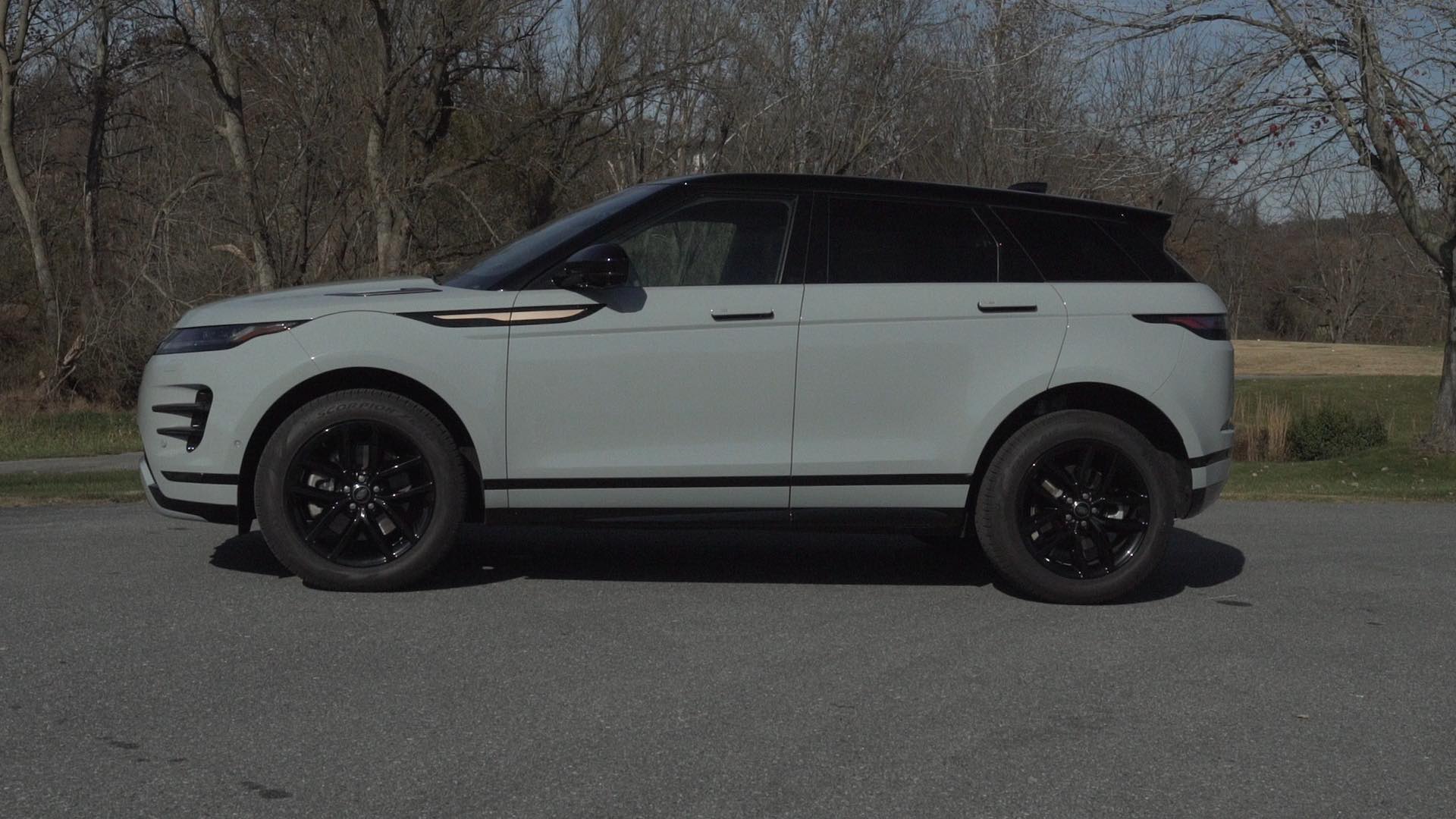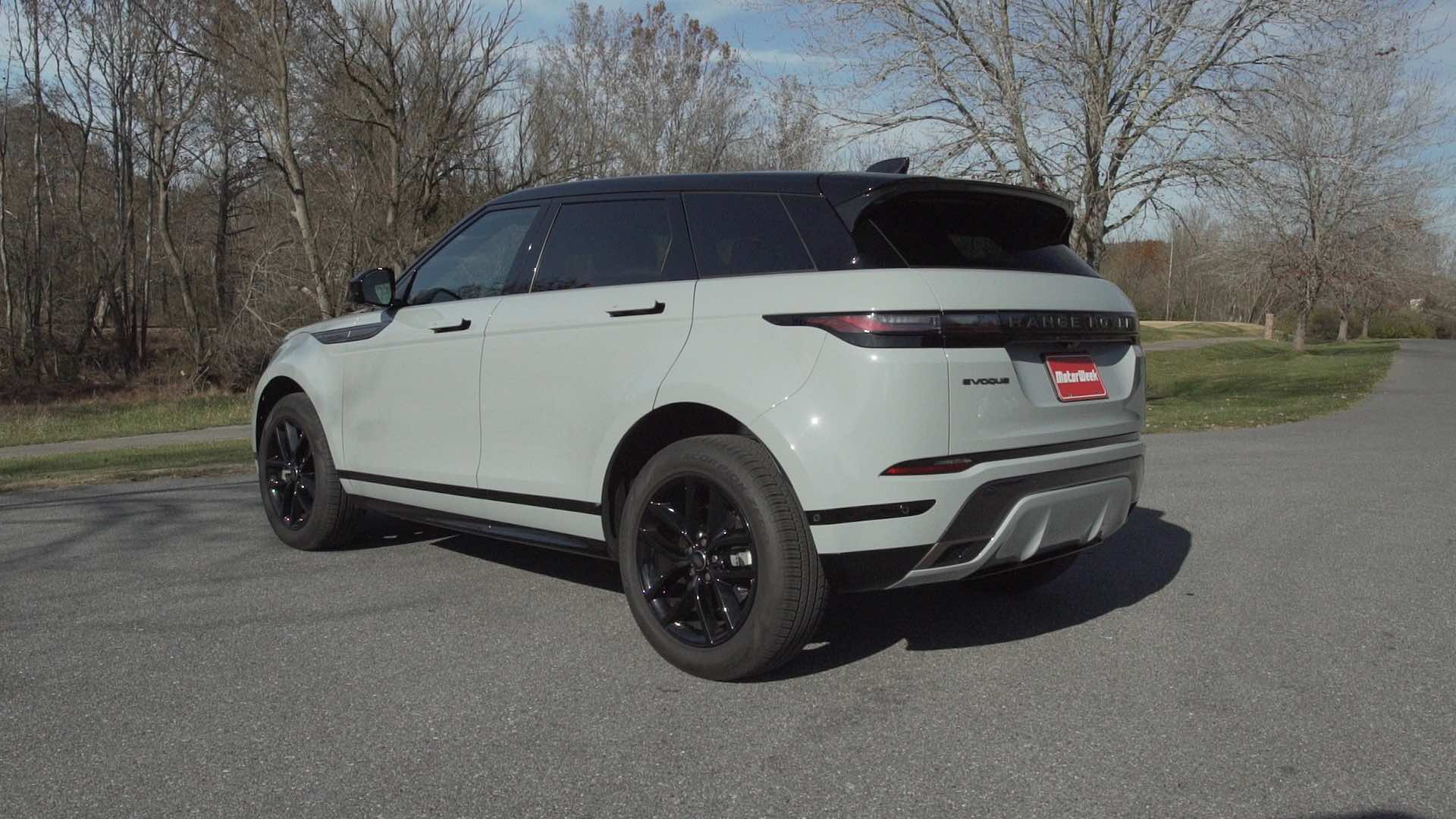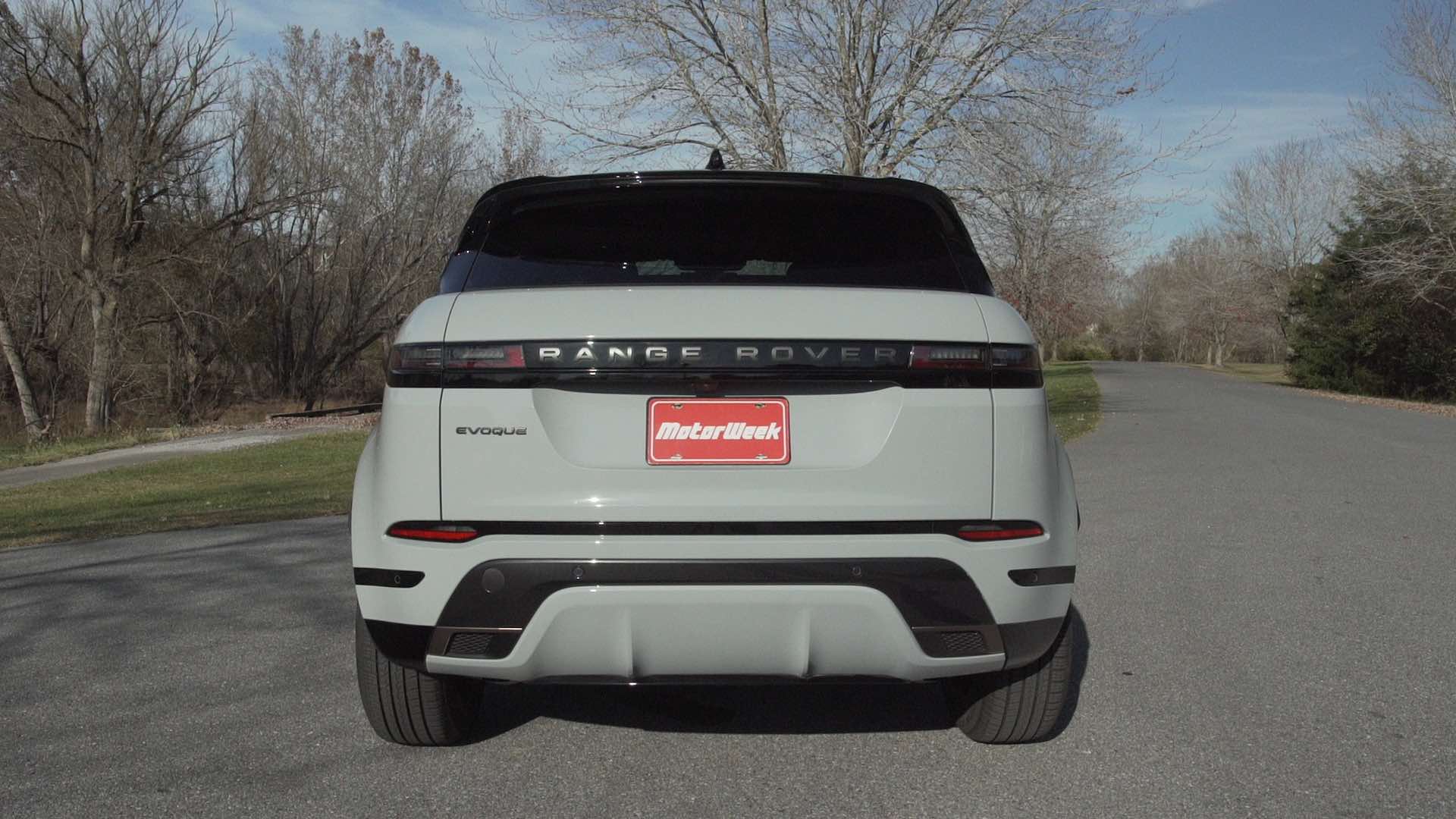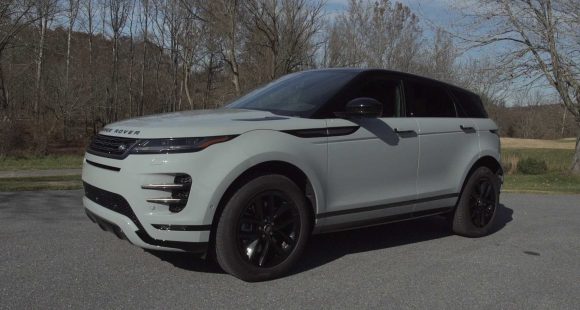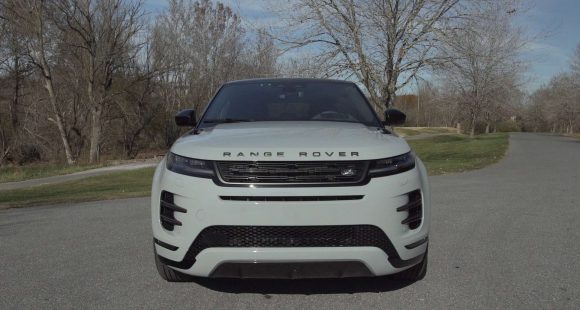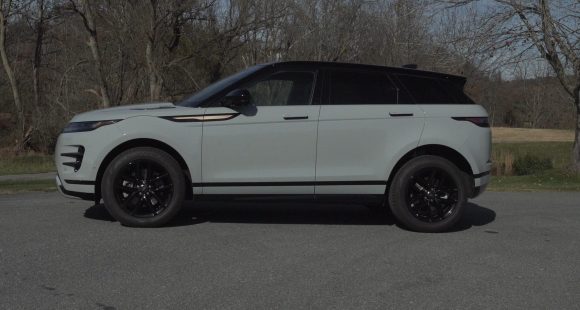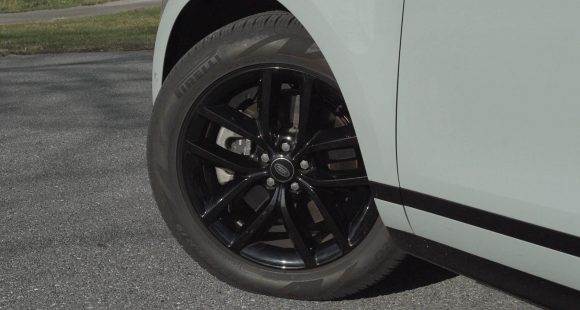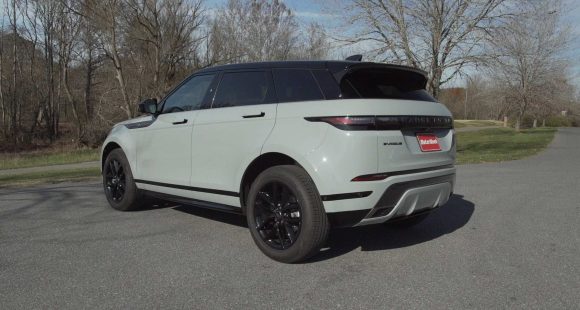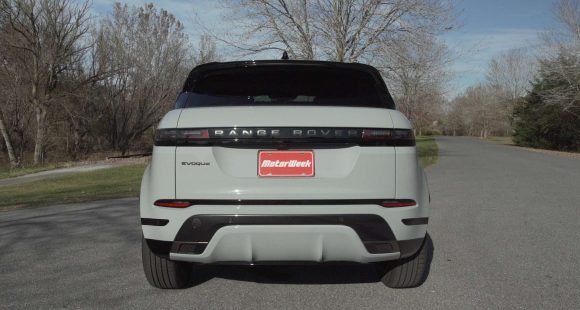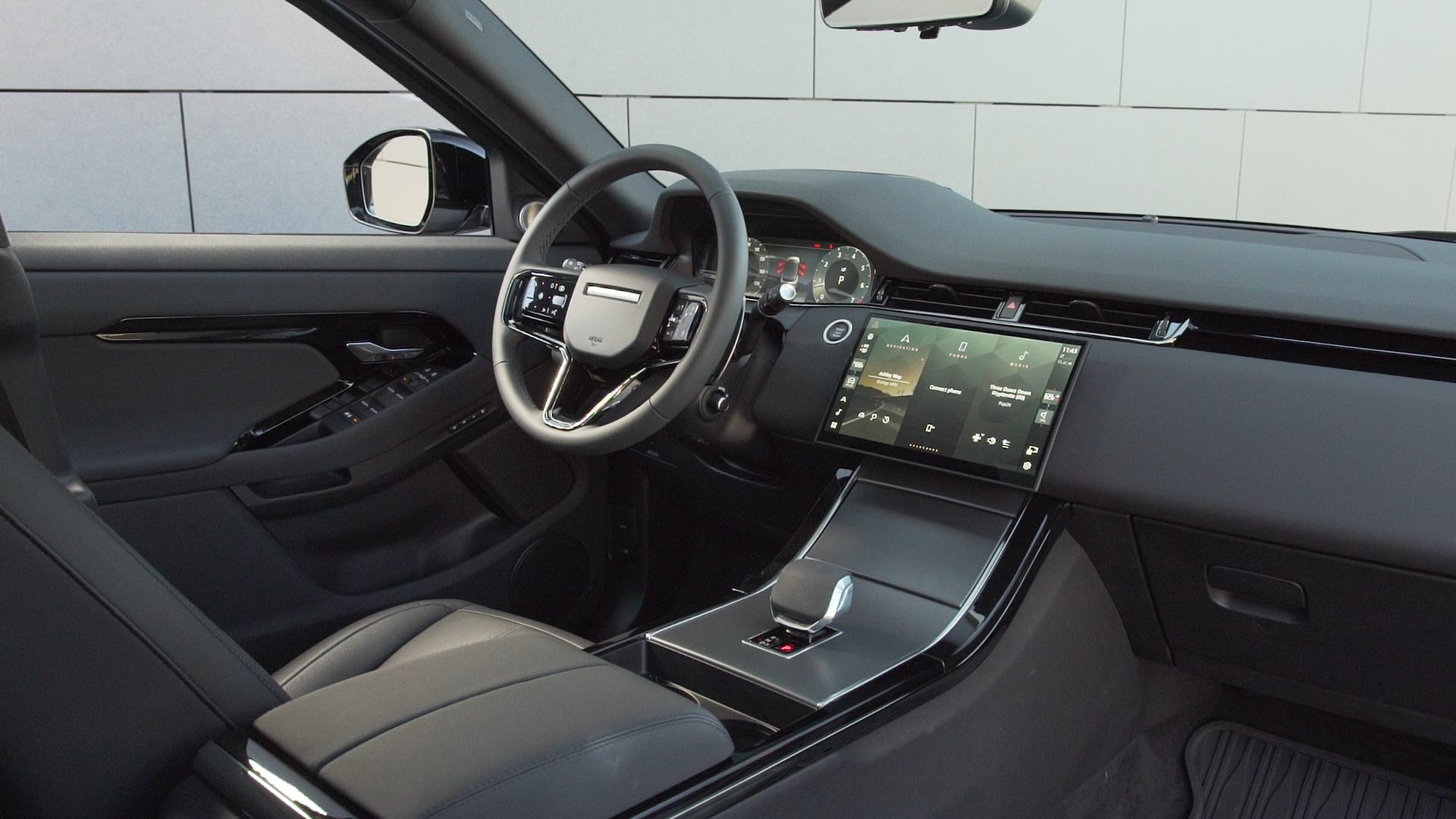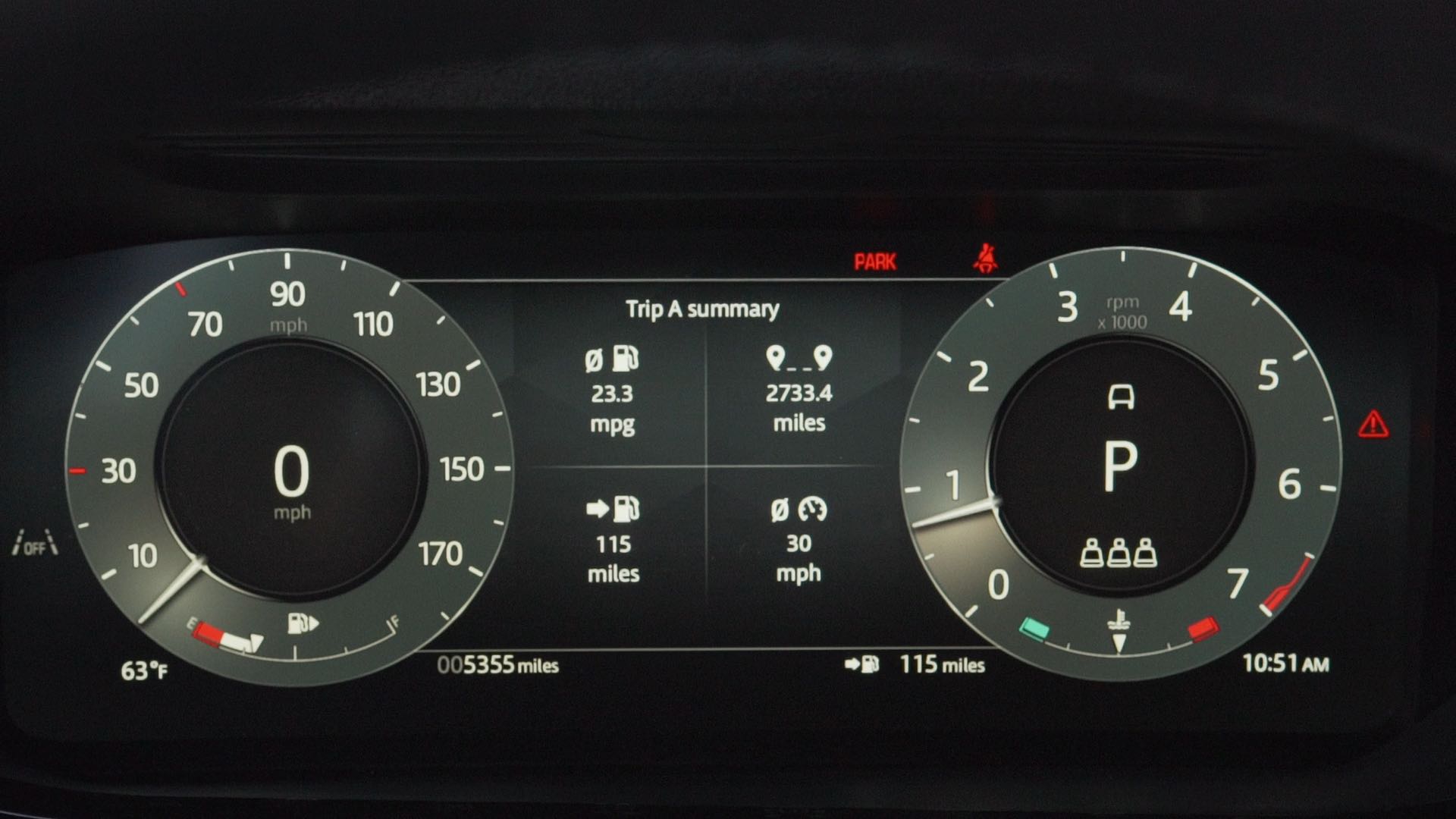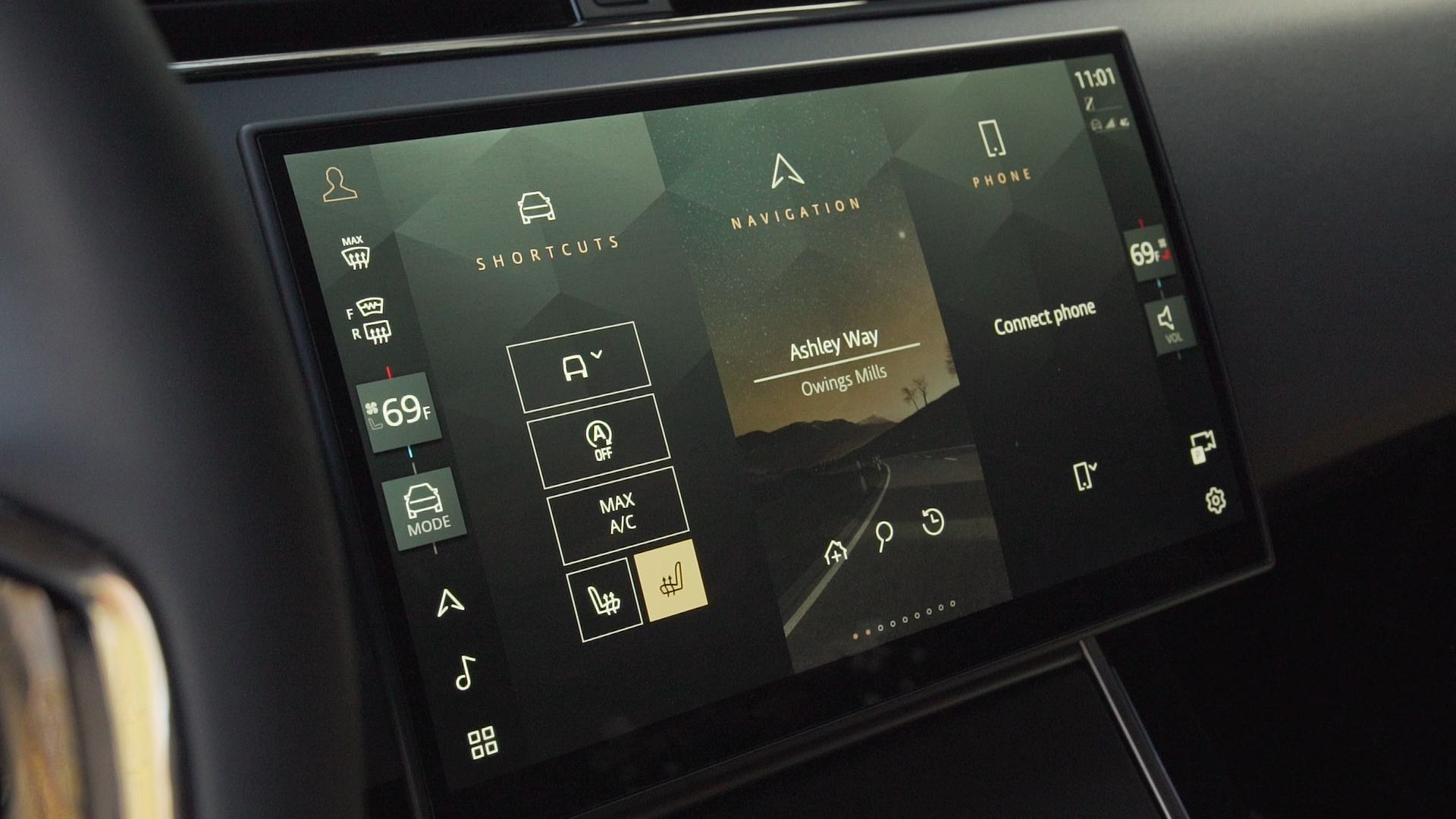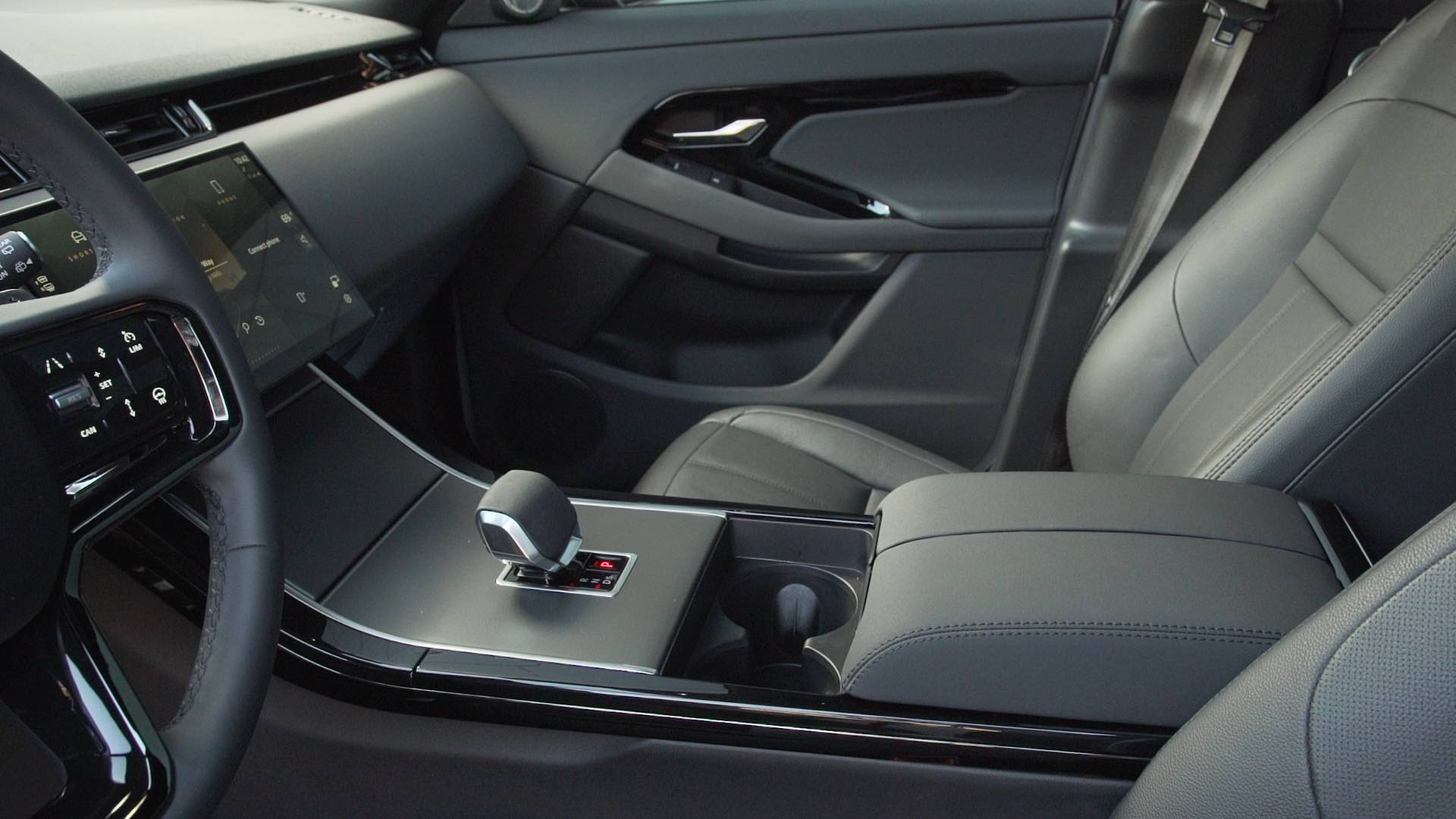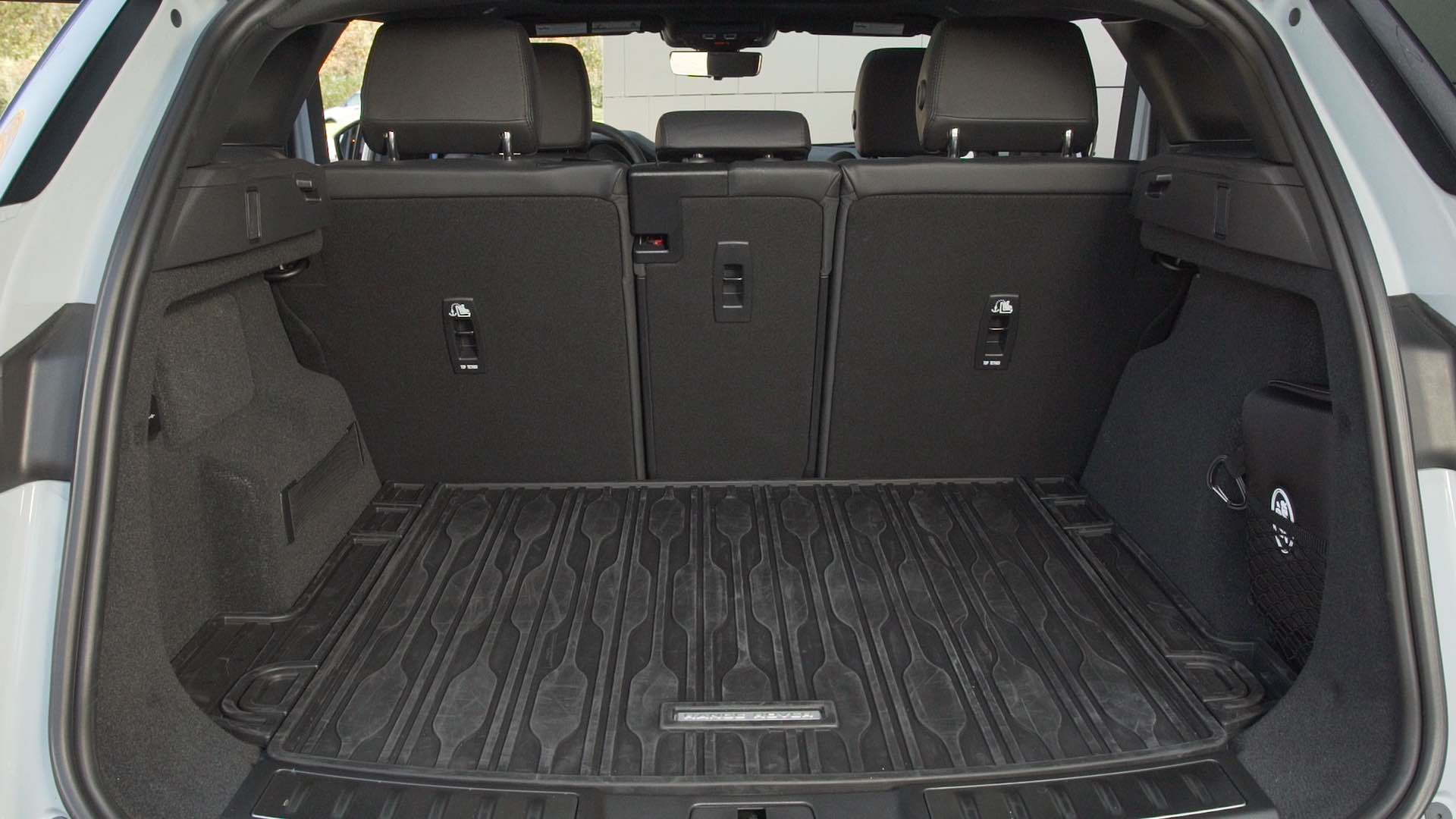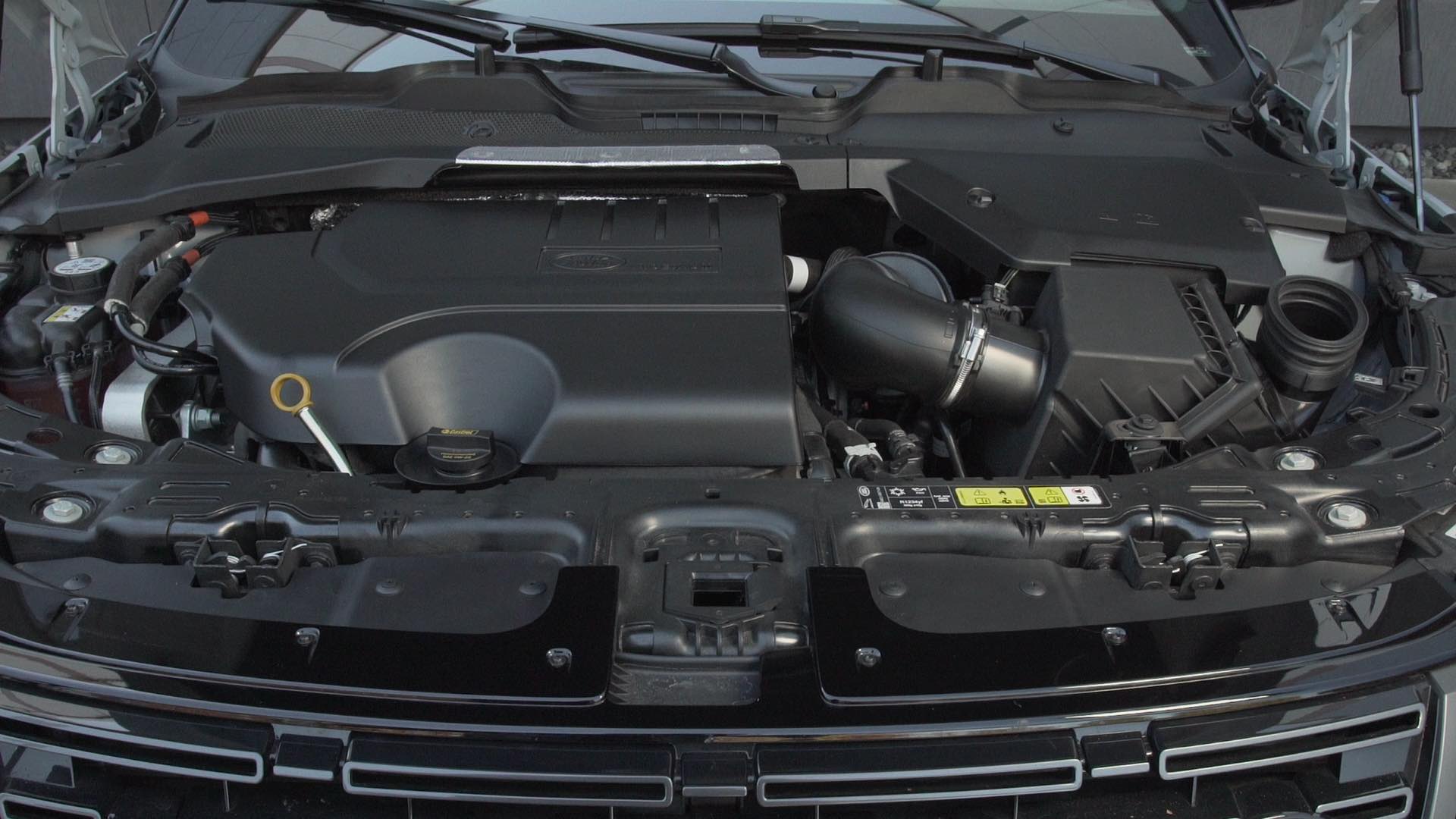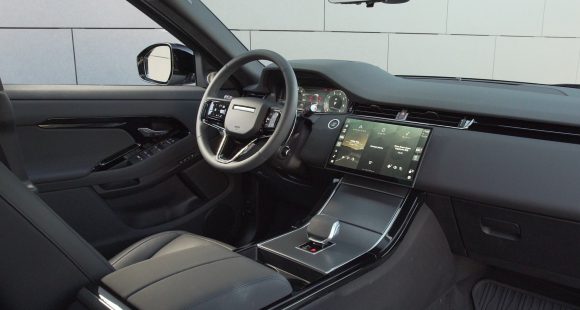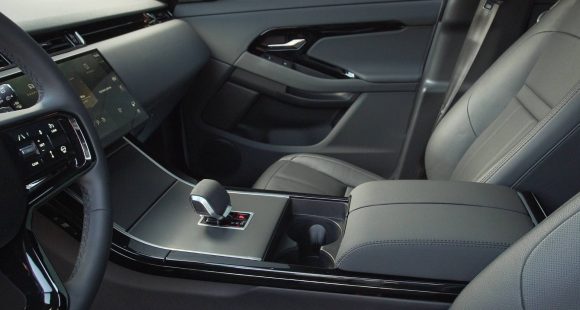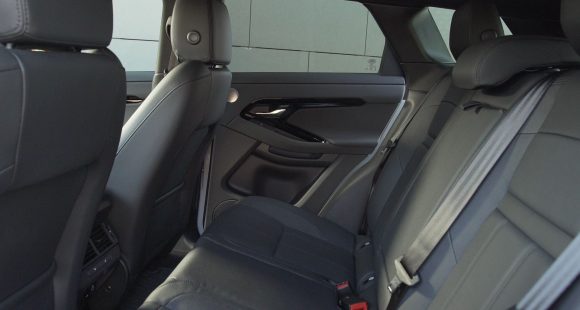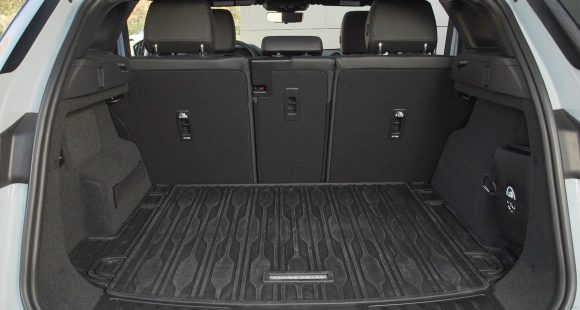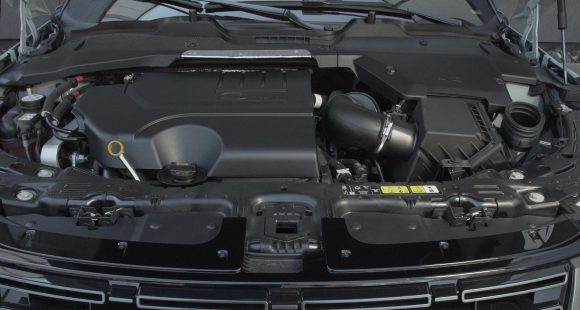2010 MazdaSpeed3
A few years back, Mazda nominated their capable Mazda3 Hatchback for the factory tuner game. They badged this sporty compact the MazdaSpeed3. The result was a killer combo of practical presence and unyielding performance. It was a true street racer at an affordable price. Well, now it’s take two for the MazdaSpeed3, as we wonder… what more can this little hot hatchback deliver?
The impression is immediate. Mazda’s 5-door 2010 MazdaSpeed3’s cartoonish presence makes the outgoing model look almost tame by comparison. And it’s the grill, with its leering mouthful of black plastic gills surrounded by swept-back cat-eye lighting that gets your attention and keeps it.
The most purposeful new front feature is a functional hood scoop that blasts the Speed3’s intercooler with fresh air. Rear styling is also more aggressive for 2010, with narrow, protruding taillights, more angular rear hatch, larger spoiler, and oversized dual exhaust tips. The RX-8 R3-inspired 18-inch alloy wheels are now shod with wider high-performance Dunlop tires.
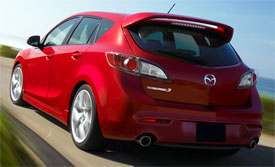 But powering this front-drive, grocery-getting outlaw is the same direct injected, 263-horsepower 2.3-liter turbo four as before. Likewise, torque remains at an ample 280 pound-feet, all channeled through the Speed3’s only transmission, a very appropriate six-speed manual.
But powering this front-drive, grocery-getting outlaw is the same direct injected, 263-horsepower 2.3-liter turbo four as before. Likewise, torque remains at an ample 280 pound-feet, all channeled through the Speed3’s only transmission, a very appropriate six-speed manual.
Gearing in second through fifth gears is taller for 2010, while a limited slip diff remains standard. Hard launches in the Speed3 still proved tricky, however. Too much throttle and the front wheels shudder; too little and it all bogs down. But making pavement connection has improved over our 2007 test, with the new tires, revised driveshafts and updated torque management electronics reducing torque steer in a big way.
In fact, our 0 to 60 time of 5.2 seconds is over a second quicker, with a similar improvement for the quarter mile at 13.9-seconds and 102 miles per hour. Short stops were never a problem with the Speed3: 60 to 0 in a fine average of 123 feet with a solid, vibration-free pedal. Plus, for 2010 Brake Assist has been added.
Through our long slalom, the MazdaSpeed3 again exhibited a more manageable amount of torque steer with less tendency to push at each apex. You still need to squeeze rather than stab the throttle for best control; but manage the gas well, and this little hatch rewards you with pure exhilaration.
We did notice that during the high speed lane change, the electro-hydraulic steering seemed to lose boost, going from light to very heavy in an instant. The previous generation Speed3 had a stiff ride, especially on rough roads. The new Speed’s strengthened body structure and suspension tweaks; stiffer springs, higher damper rates, and revised front stabilizer bar still leave most of the shock absorption to the comfy, high-bolstered seats.
They’re mostly black cloth, but the headrests and bolsters are trimmed in black leather and there are red highlights everywhere around the cabin.
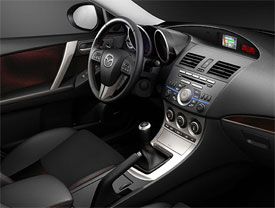 The dash has a new-found flow, drawing the eye down the center stack to the brightwork around the shifter. The switchgear layout has been revised, and the digital display has moved to a shroud under the windshield.
The dash has a new-found flow, drawing the eye down the center stack to the brightwork around the shifter. The switchgear layout has been revised, and the digital display has moved to a shroud under the windshield.
Door sills, floor mats, and aluminum pedals are all unique to the MazdaSpeed3. A new LED turbo boost gauge between the tach and speedo is standard, as is Bluetooth and six airbags.
With our car’s Tech package, there’s also a 10-speaker Bose sound system, full-color navigation, and push-button start.
The back bench offers a reasonable amount of room for two adults, but not for three. But it’s impressively versatile. With the 60/40 seats up, there’s 17 cubic feet reserved for cargo. Folded flat, that figure swells to a useful 42.8 cubic feet.
Government Fuel Economy Ratings for the 2010 MazdaSpeed3 are 18 city/25 highway. On our mileage loop, we bettered both, managing 26.1 miles per gallon of premium. With an Energy Impact Score of 16.3 annual barrels of oil, and a Carbon Footprint of 8.7 tons of CO2, the MazdaSpeed3 falls right in line with the Subaru WRX.
As ever, the 2010 Mazda MazdaSpeed3 is priced to move, with a base of just $23,945. The Tech package adds $1,895 more. Mazda’s frisky MazdaSpeed3 continues as one of our all time favorites. For 2010, in some ways - more refined, in others - more ferocious, but always entertaining. And, we might add, for a factory tuned hot hatchback, extremely affordable and even practical. Buy one and you’ll be grinning like a Cheshire cat, too!
Specifications
- Engine: 2.3-Liter Turbo Four
- Horsepower: 263
- Torque: 280 Lb Feet
- 0-60 MPH: 5.2 Seconds
- 1/4 Mile: 13.9 Seconds @ 102 MPH
- 60-0 MPH: 123 Feet
- EPA: 18 MPG City/ 25 MPG Highway
- Mixed Loop: 26.1 MPG
- Energy Impact: 16.3 Barrels Oil/Yr
- CO2 Emissions: 8.7 Tons/Yr
2025 Land Rover Range Rover Evoque
Baby Rover Continues To Evolve
When most people hear “Range Rover” they tend to think of high class, high performance and high dollars. But, Range Rover does the entry-level thing quite well too with this Evoque. It has plenty of posh attitude, along with some recent updates. So, let’s see how the Evoque continues to evolved.
Our involvement with the Land Rover Range Rover Evoque’s evolution began when this small utility first arrived for 2012. It looked more Spice Girl than Tough Mudder, but it packed a surprising amount of capability into its subcompact dimensions. This second gen arrived for 2020, and has gained recent updates at the most likely midway point in its lifecycle.
Intrigued but not necessarily enthused could probably best describe our history with the Evoque, but Land Rover always has a way of drawing us in with very tasteful designs. They pretty much got this one right back in 2020, so styling revisions are largely limited to new Pixel LED headlights and a reshaped front fascia. There’s also new super-red signature lighting in back, all of it done to bring the Evoque more in line with the rest of the Range Rover family.
And like all of its siblings, all-wheel drive is standard and it does have Terrain Response 2 with specific off-road modes, but no one’s expecting to see a lot of Evoques out on the trail, unless there’s a new Lululemon Outlet at the other end of it having a killer sale.
Land Rover has once again taken the P300 296-horsepower version of the Evoque’s 2.0-liter turbo-four out of the lineup, leaving just the standard 249-horsepower version under the clamshell hood. No complaints from us, its 269 lb-ft of torque is more than adequate to move this 3,900 lb. ute around.
And at Mason Dixon Dragway, it moved us to 60 mph in 7.7 seconds. There was plenty of traction off the line, and while not overwhelming, power feels plentiful, staying very consistent down the track. Gearchanges in the Evoque’s nine-speed automatic transmission were quick and smooth, barely a blip in the process as we finished the quarter-mile in 16 seconds flat at 85 mph. Plenty quick for a compact utility with luxury intentions.
[It maneuvered] with a substantial presence that not too many small utilities have.
It felt quite good through our handling course too, with a substantial presence that not too many small utilities have. The Evoque uses selective braking to torque vector power between all four wheels, and it enabled us to cruise through the cones quickly without any excessive understeer or oversteer. There was some nosedive during our panic braking test, but the brakes were very responsive and strong enough to bring us to a halt in a short 115 feet from 60.
But, it’s the inside experience that really matters with any luxury vehicle, particularly in a Range Rover. And here things look more high-end Swedish than Tudor or Victorian, with a minimalist cabin design that’s way more visually appealing than practical. There’s real leather covering just about everything, and what appears to be just a tablet stuck in front of the dash is a new 11.4-inch touchscreen. Not only are the inner workings much faster than the previous infotainment setup, but the entire interface of this Pivi Pro system is vastly better than the split screen approach of before.
The center console that leads up to it appears much less cluttered and frees up some additional space for storage. The shifter is still here, but it has gotten much smaller. Front seat space and comfort remain high, though rear seat room is still very tight for adults. Cargo space is not bad for a small utility, with room for 21.6 cu-ft. of gear in the hold, which expands with 40/20/40 split-folding seatback flexibility to 50.5 cu-ft.
Government Fuel Economy Ratings are 20 City, 27 Highway, and 22 Combined. That’s an average Energy Impact Score, using 13.5 barrels of oil annually, with CO2 emissions of 6.6 tons.
Land Rover has been paring things down in the Evoque lineup for years, no longer offering a two-door version or the convertible, and now have simplified things even further to just the P250 available in only two trims: S, which stickers for $51,175, and Dynamic SE, which starts at $56,375; but you can add just about every package available and still come in right around $60,000.
Luxury-minded utility vehicles are coming at us from all angles these days, but the 2025 Land Rover Range Rover Evoque is a bit unique in that it remains as sort of a cheat code for sneaking you into the Range Rover VIP experience. You’ll feel like you’re getting away with something every time you drive it.
Specifications
As Tested
- Engine: 2.0-liter turbo-four
- Transmission: 9-speed automatic
- Horsepower: 249
- Torque: 269 lb-ft
- 0-60 mph: 7.7 seconds
- 1/4 Mile: 16 seconds at 85 mph
- Braking, 60-0 (avg): 115 feet
- EPA: 20 City | 27 Highway | 22 Combined









